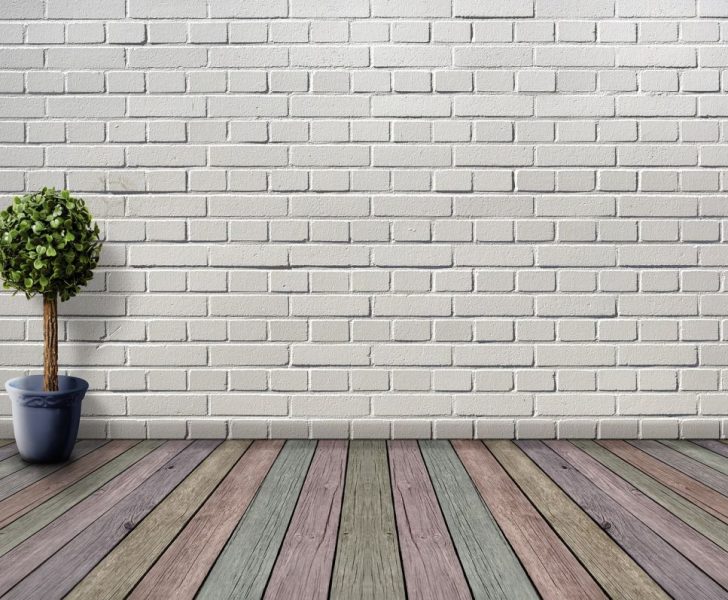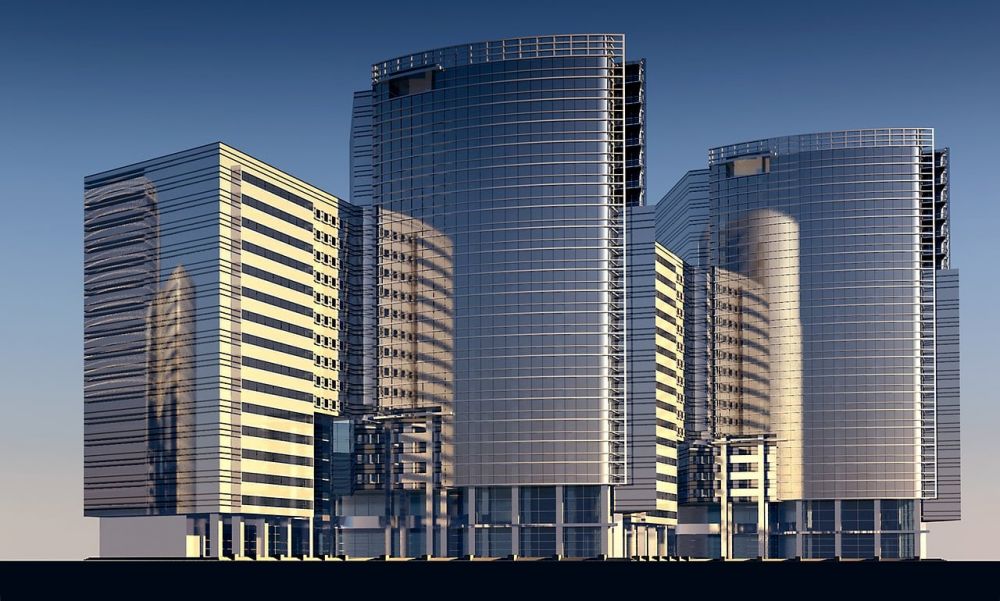Riva Gamla Stan Arkitekt: En In-Depth guide

Riva Gamla Stan Arkitekt – A Comprehensive Overview
Introduction:

The historical significance and architectural beauty of ”Gamla Stan” or the Old Town are undeniable. As time progresses and urban development becomes necessary, the question arises should we demolish the old buildings or preserve them? In this article, we will explore the concept of ”Riva Gamla Stan Arkitekt,” a practice that involves tearing down old buildings and replacing them with modern structures. We will delve into its various types, popular examples, quantitative measurements, differences among them, and their historical pros and cons.
Understanding Riva Gamla Stan Arkitekt
Riva Gamla Stan Arkitekt What is it?
Riva Gamla Stan Arkitekt is an architectural practice that emphasizes the demolition of old buildings in the historic district of Gamla Stan. Its goal is to make room for new, contemporary structures that can meet the demands of modern urban living. This approach has gained momentum in recent years due to the need for urban expansion and the desire to revitalize the cityscape.
Types of Riva Gamla Stan Arkitekt:
1. Reconstructive Riva Gamla Stan Arkitekt:
This approach aims to replicate the historic facades while replacing the interiors with modern amenities. The idea is to preserve the outer appearance while adapting the building for current functional requirements.
2. Contemporary Riva Gamla Stan Arkitekt:
In this style, the focus is on creating a stark contrast between the old and new. Modern, avant-garde structures replace the old buildings entirely, transforming the city’s skyline. This approach often includes versatile materials, innovative design concepts, and sustainability features.
Popular Examples of Riva Gamla Stan Arkitekt:
1. ”The Modernist Oasis” project:
This renowned development showcases a mix of functional and aesthetic elements. It features a blend of vertical gardens, glass facades, and green spaces, allowing residents to connect with nature while enjoying urban conveniences.
2. ”The Adaptive Reuse” project:
This architectural endeavor focuses on repurposing historical buildings, converting them into commercial spaces with contemporary interiors. These adaptive reuse projects honor the heritage and nostalgia associated with the old structures while ensuring a practical use for the present.
Quantitative Measurements of Riva Gamla Stan Arkitekt
When measuring the success or impact of Riva Gamla Stan Arkitekt, various quantitative parameters are considered. These measurements help assess the effectiveness of the demolition and reconstruction process:
1. Economic Growt
One significant aspect is the impact on the local economy. The construction industry experiences a boost during the demolition and redevelopment phase, leading to job creation and increased investment opportunities.
2. Population Density:
Riva Gamla Stan Arkitekt often aims to increase the population density in the area, accommodating more residents within limited space. By doing so, cities can optimize resources and create vibrant neighborhoods.
3. Environmental Impact:
When constructing new buildings, sustainability and energy efficiency are crucial considerations. Quantitative measurements include reduced carbon footprint, increased green spaces, and improved overall environmental performance.
Exploring the Differences among Riva Gamla Stan Arkitekt Styles
Despite the overarching goal of demolishing and rebuilding, different approaches to Riva Gamla Stan Arkitekt exist. These variations primarily depend on the mindset, budget, and intent of the developers:
1. Preservation-oriented Approac
Some architects focus on preserving the historical essence while enhancing the existing structures. They emphasize adaptive reuse, ensuring that the buildings retain their original charm and character.
2. Innovative and Futuristic Approac
For those emphasizing innovation, the goal is to revolutionize the cityscape and build structures that defy traditional norms. This approach often involves avant-garde designs and cutting-edge technologies to create iconic landmarks.
Historical Pros and Cons of Riva Gamla Stan Arkitekt
Riva Gamla Stan Arkitekt has both its champions and critics. Understanding the historical perspective sheds light on the advantages and disadvantages associated with this architectural practice.
Pros:
1. Urban Revitalization:
Riva Gamla Stan Arkitekt can rejuvenate rundown areas and bring them back to life. It can attract investment, tourism, and new businesses, contributing to the city’s overall prosperity.
2. Efficient Land Use:
By demolishing older structures and creating more space-efficient buildings, Riva Gamla Stan Arkitekt optimizes land resources. It allows cities to accommodate a growing population and provides opportunities for communal areas, green spaces, and infrastructure development.
Cons:
1. Loss of Cultural Heritage:
The demolition of historical buildings removes tangible connections to a city’s past. This can result in the loss of architectural heritage, cultural significance, and nostalgia associated with the old structures.
2. Erasure of Authenticity:
Replacing old structures with new ones can erode the unique character of a city. The visual and spatial identity that generations have cherished may be replaced by generic modern designs, potentially diminishing the city’s charm.
Conclusion:
Riva Gamla Stan Arkitekt is a practice that sparks intense debate in the field of architecture and urban planning. While it offers opportunities for growth and renewal, it also raises significant concerns about preserving cultural heritage. Ultimately, finding a balance between modernization and historical preservation is key to creating sustainable, vibrant cities that cherish their heritage while embracing the future.











